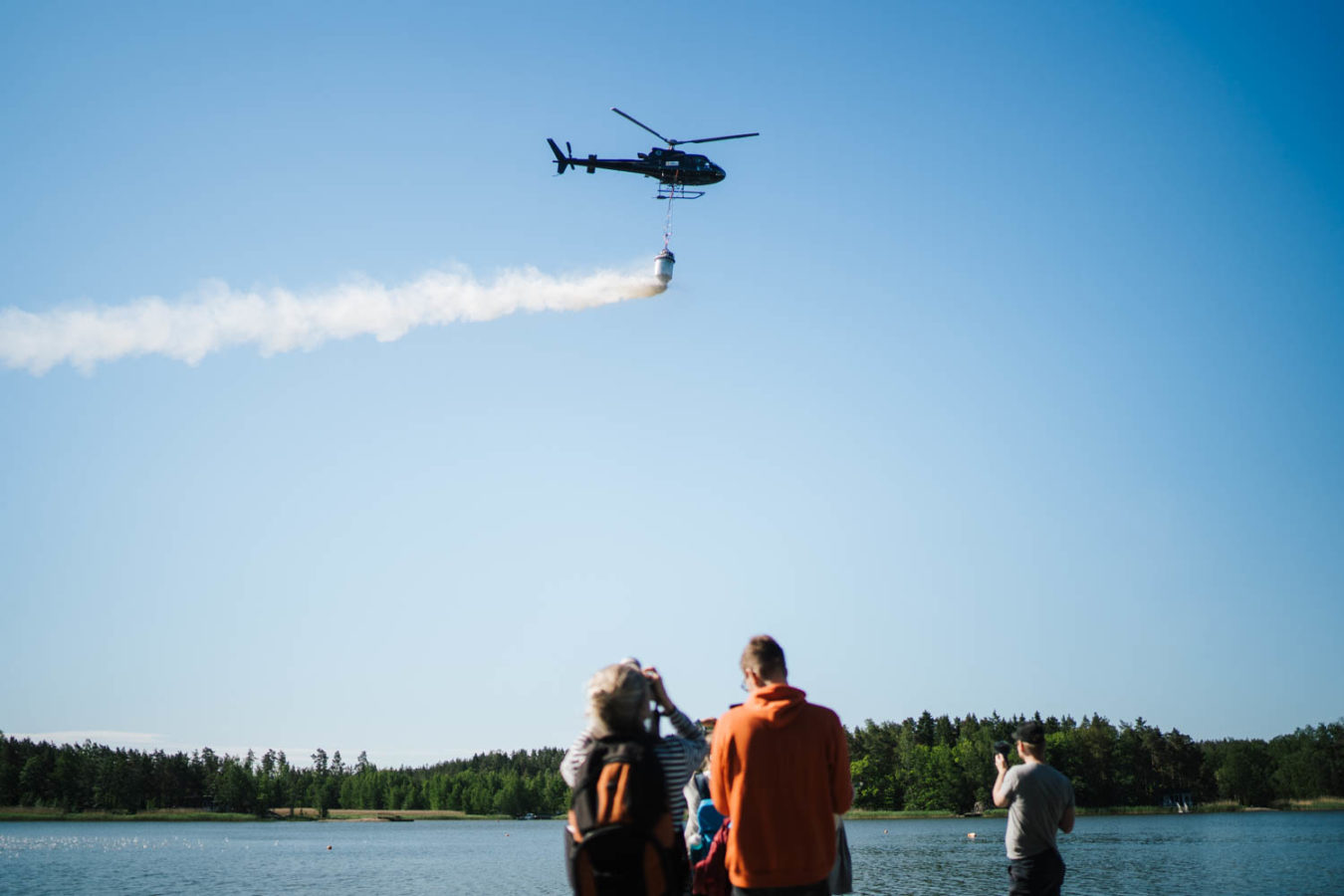
Key conclusion from the SEABASED project: no silver bullet for reducing internal nutrient load
The SEABASED Project (Seabased Measures in Baltic Sea Nutrient Management), led by the John Nurminen Foundation and funded by the EU, examined measures that potentially could improve the state of the Baltic Sea by reducing the internal nutrient load of the sea. Although some of the piloted methods show great potential, no silver bullet was found to quickly relieve the nutrient load and eutrophication troubling the Baltic Sea. However, some methods for reducing internal load can be useful for improving the environmental conditions in heavily eutrophied, relatively enclosed small bay areas.
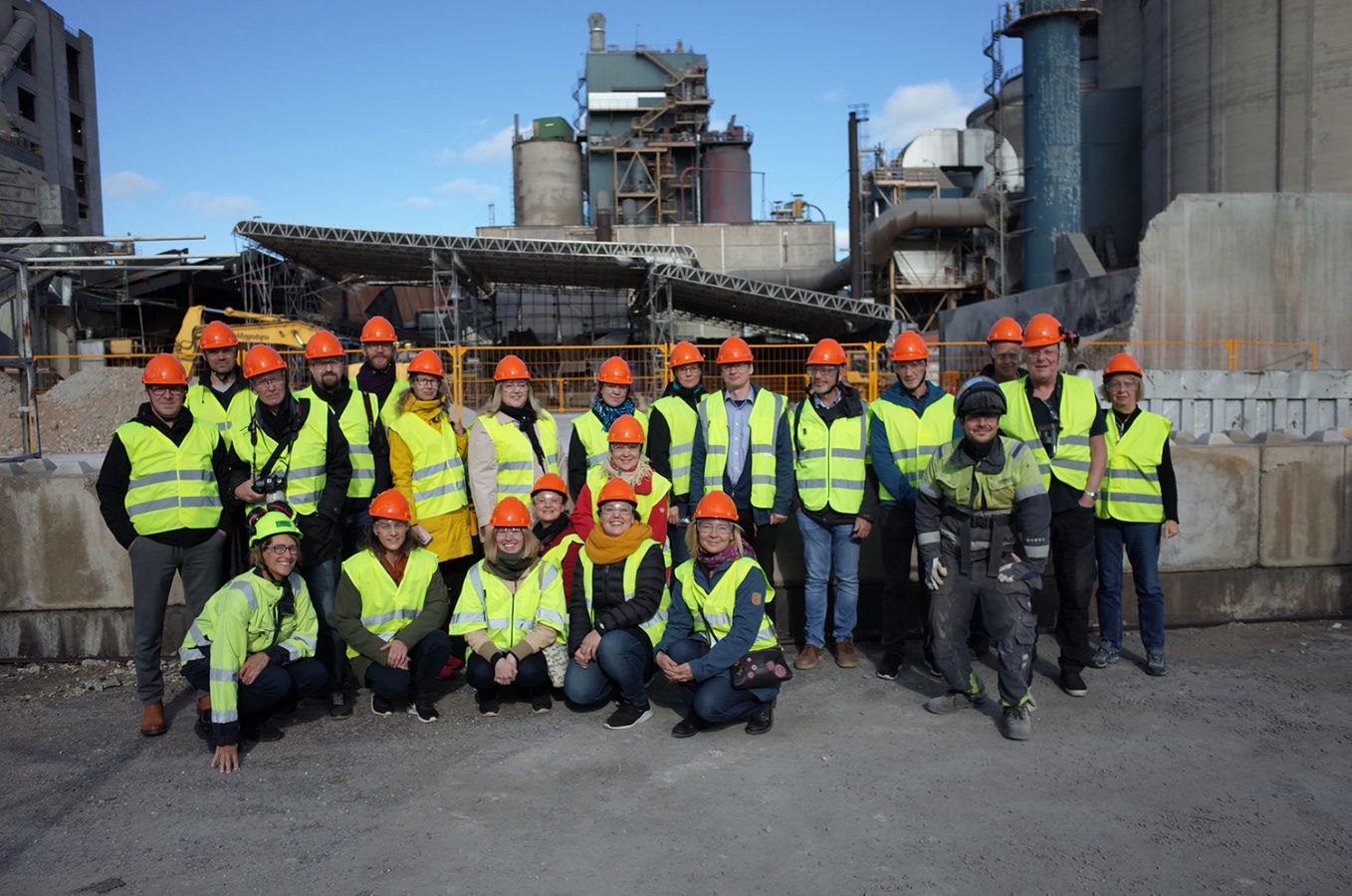
The SEABASED Project ends – parting words
Today, May 31st, is the final day of the SEABASED Project and so this is the last news article to you, our dear followers.
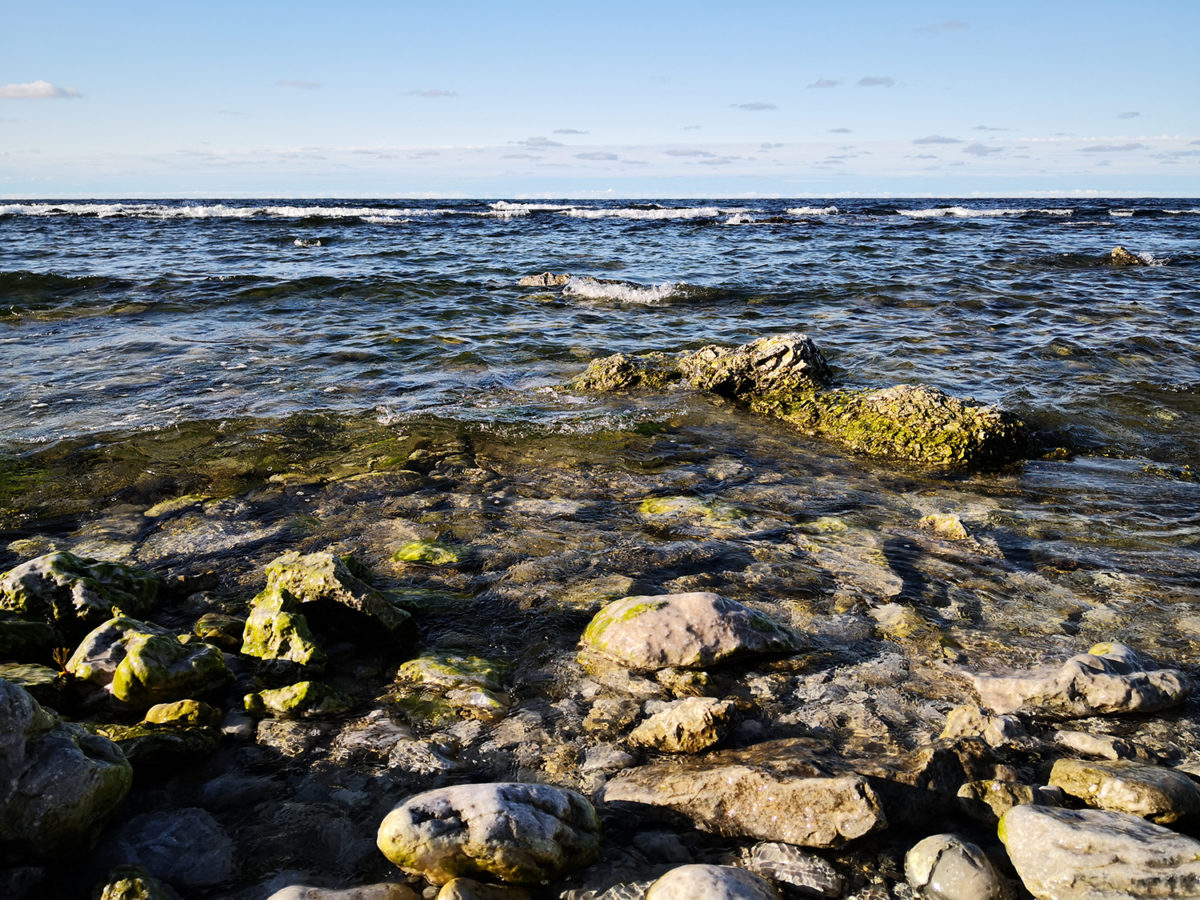
The SEABASED Project searched for solutions under the sea
The SEABASED Project is soon approaching its end and our final outputs are already on the way. In this blog post Project Manager Miina Mäki from the John Nurminen Foundation sums up the project’s highlights.
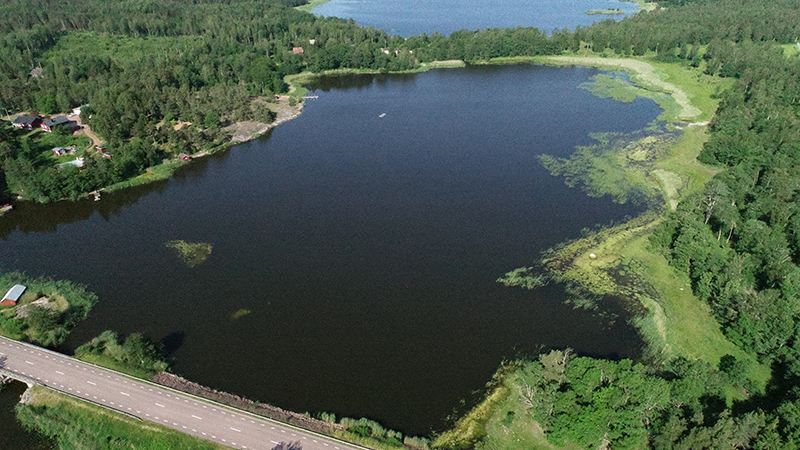
Four pieces of a puzzle: Results from the Nutrients from Sea to Field pilot
For two seasons, 2019 and 2020, we have been irrigating fields in Åland with nutrient rich brackish water from two strongly eutrophicated bays in the SEABASED project. So how did it go? Did it work?
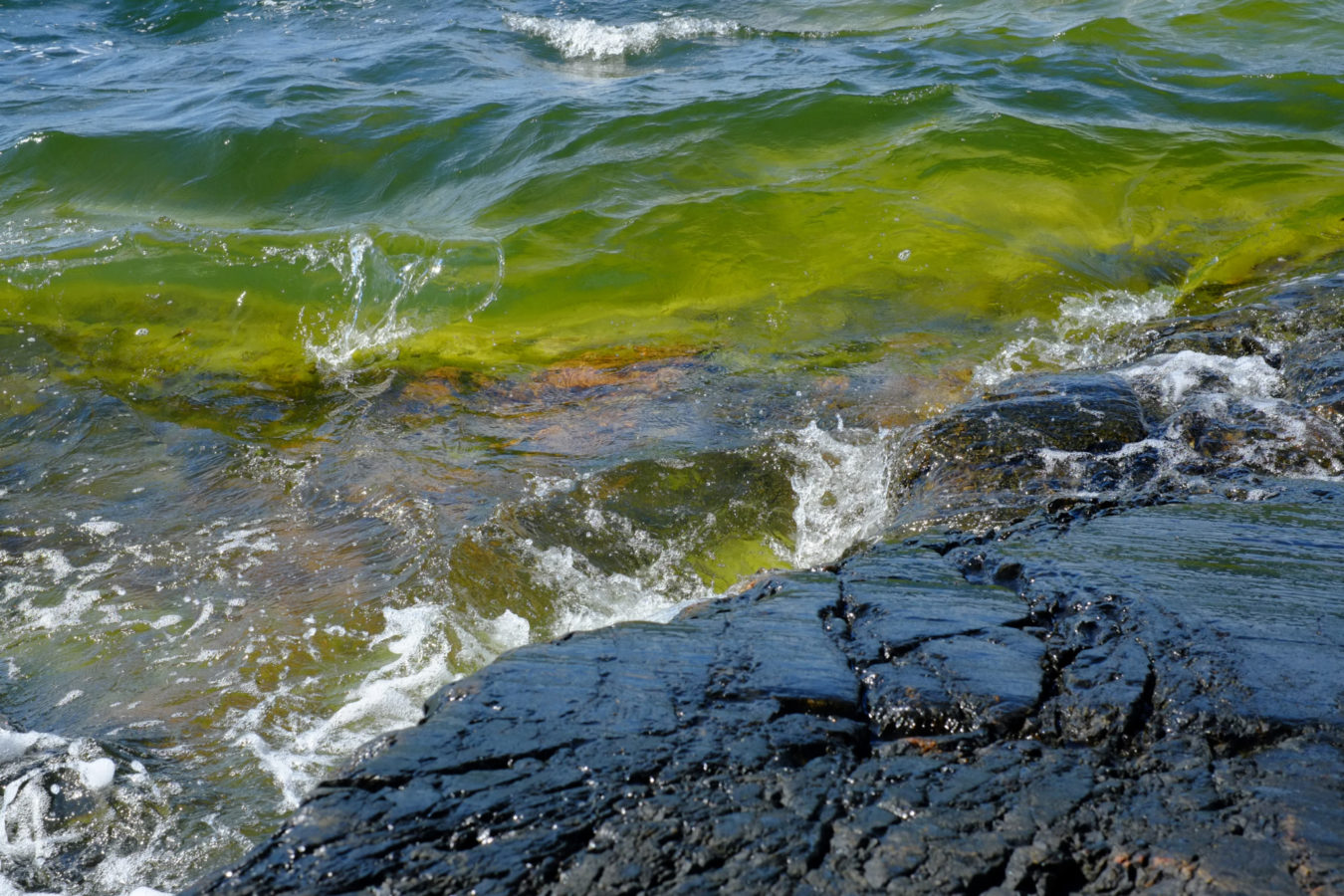
International SEABASED webinar 26.1.2021
Could the spreading of activated limestone or fishing stickleback help remove nutrients from the Baltic Sea? Do these new conservation measures have potential to save the Baltic Sea, or will they remain as experiments? In the SEABASED online event on January 26th, 2021 we revealed the results from SEABASED pilots that aim to reduce internal nutrient load. We heard keynotes and expert views from Finland and Sweden. The event was held in English.
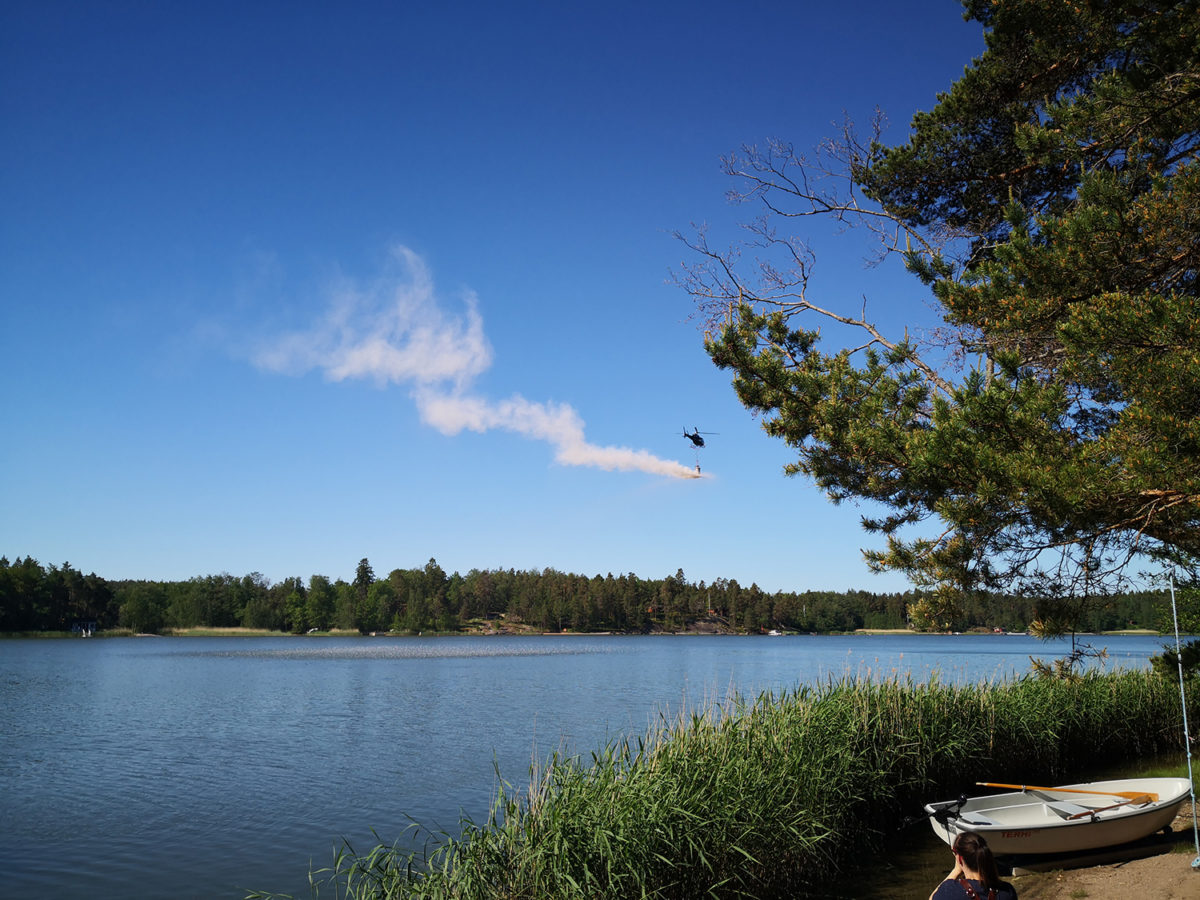
Eva Björkman awarded for her innovation in Stockholm
Eva Björkman with her activated limestone innovation was awarded as top 5 innovations in Stockholm.
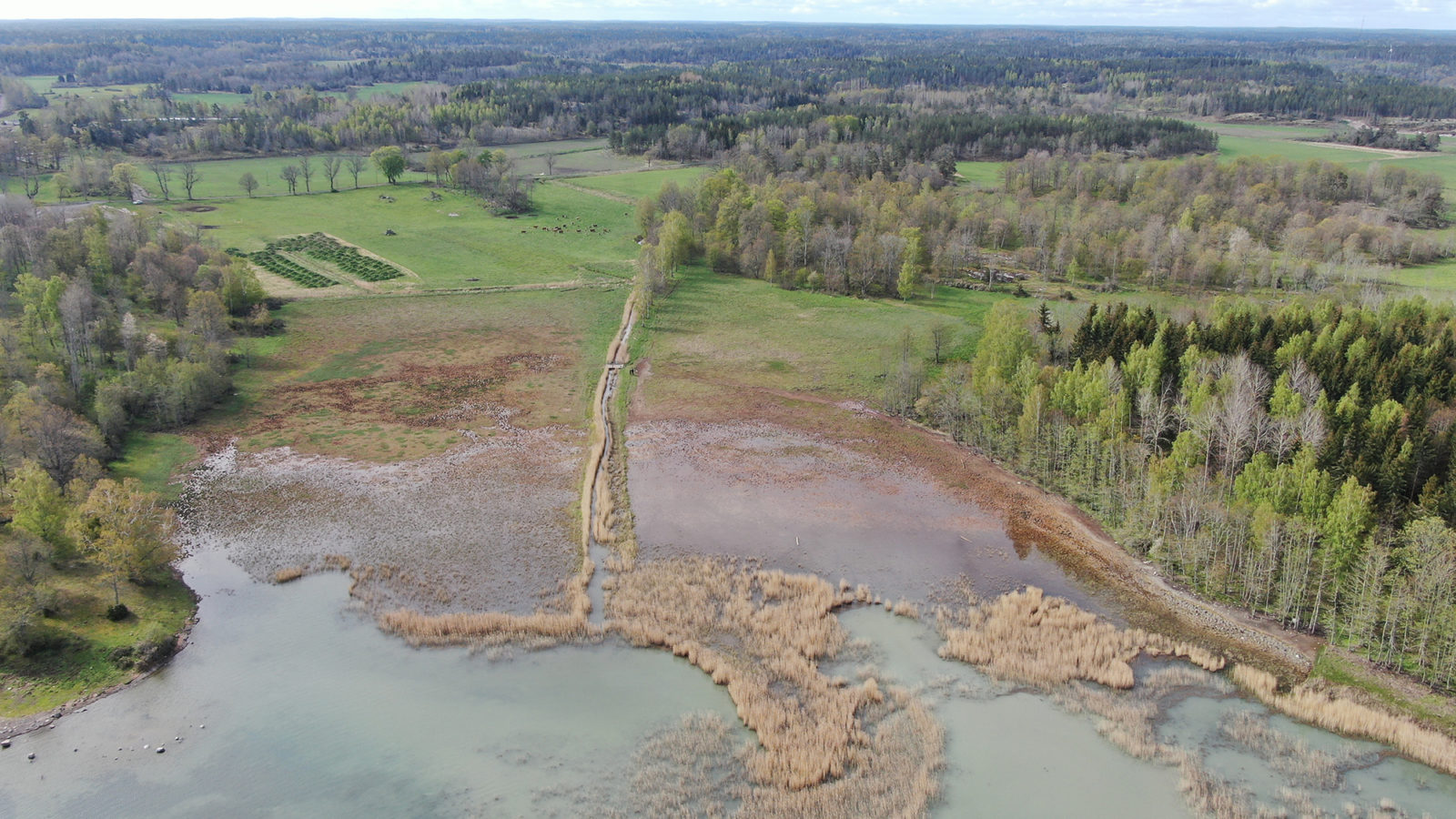
The guide to building a pike factory
The population of pike has decreased radically in recent decades, which has created an imbalance in the coastal ecosystems in the Baltic Sea. In the SEABASED-project, we have worked to investigate if there were suitable conditions in our selected pilot areas in Östergötland to establish “pike factories”. Administrator Kenneth Winroth from the County Administrative Board of Östergötland reveals what we have learned about planning and constructing a pike factory.
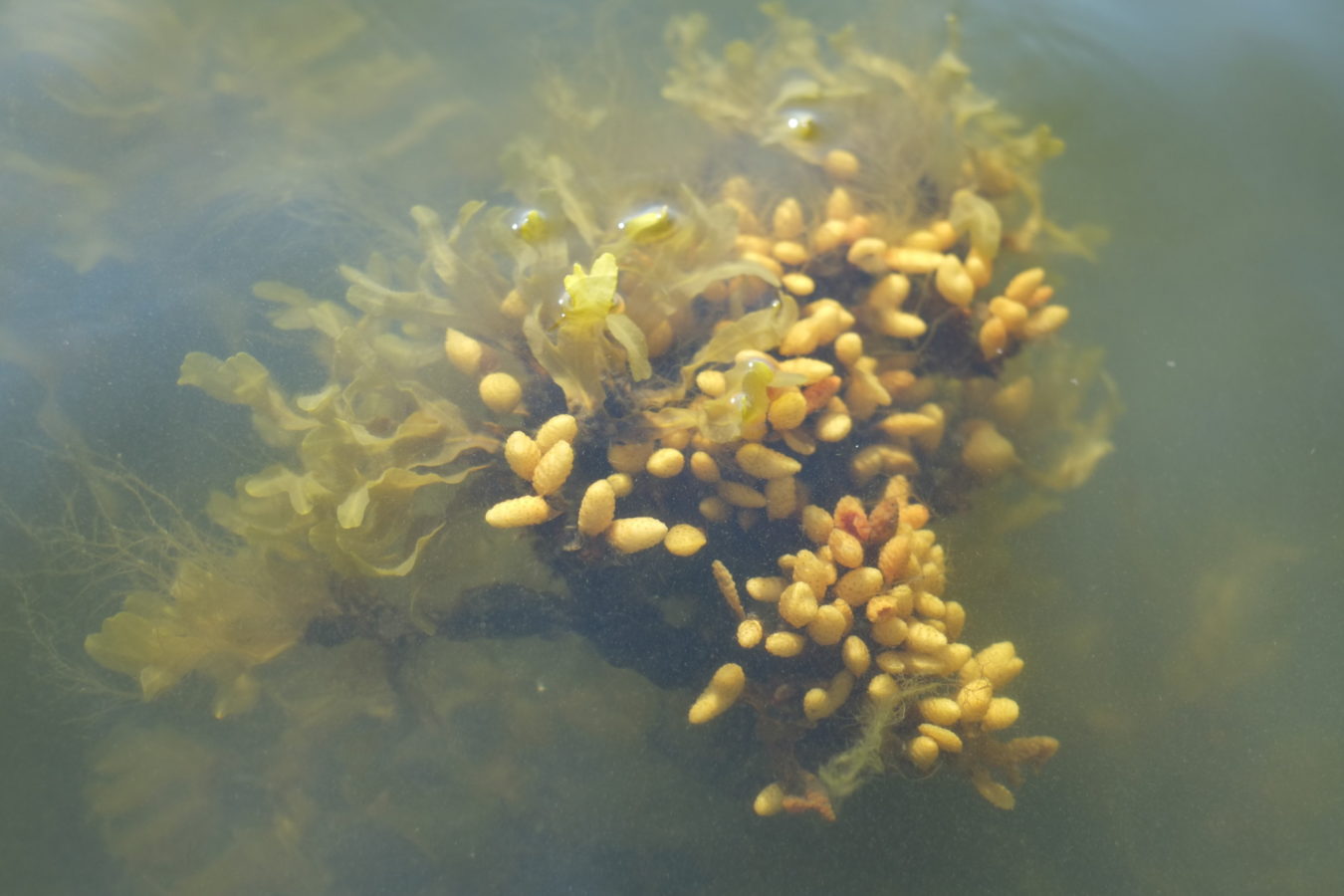
Concept for nutrient compensation for the aquatic coastal environment finished
The SEABASED project is now finished with the development of a concept for aquatic compensation in coastal waters with a focus on nutrient offsetting. A procured consultant team has been working alongside the project partners to establish a rigid concept focusing on legal, ecological, and administrative aspects.
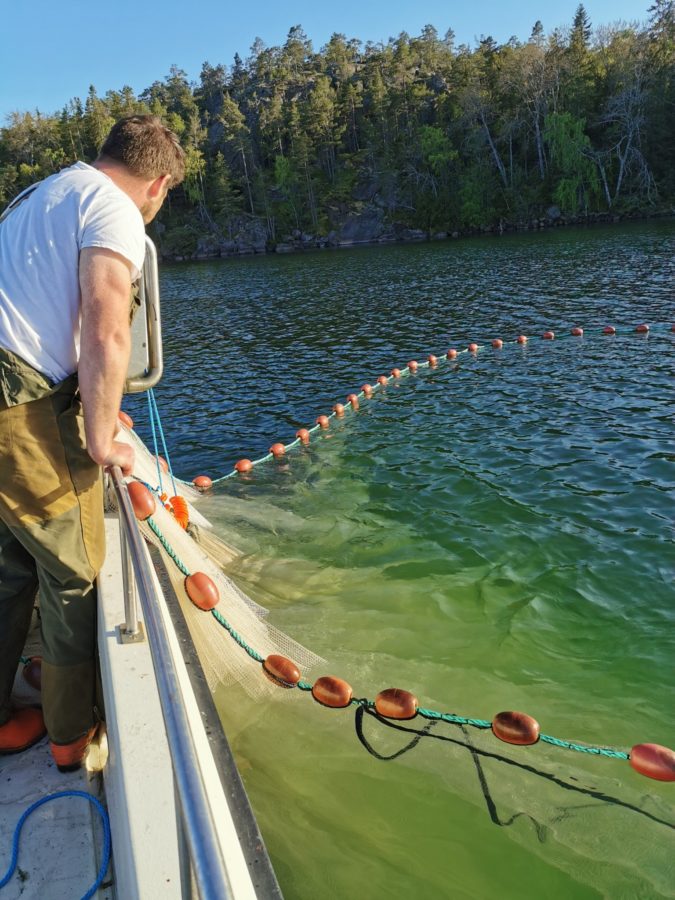
Finding the right methods of fishing stickleback
Finding a suitable and successful method to catch a fish that has not been commercially fished for a century has been full of trials and errors. With relentless work and not giving up on the first hurdle, the SEABASED project has found a suitable method and fishing gear that should work with this tiny yet ecologically significant fish. Rosita Broström from the Åland Fish Farmers’ Association writes more about the process of trying, failing and ultimately succeeding.
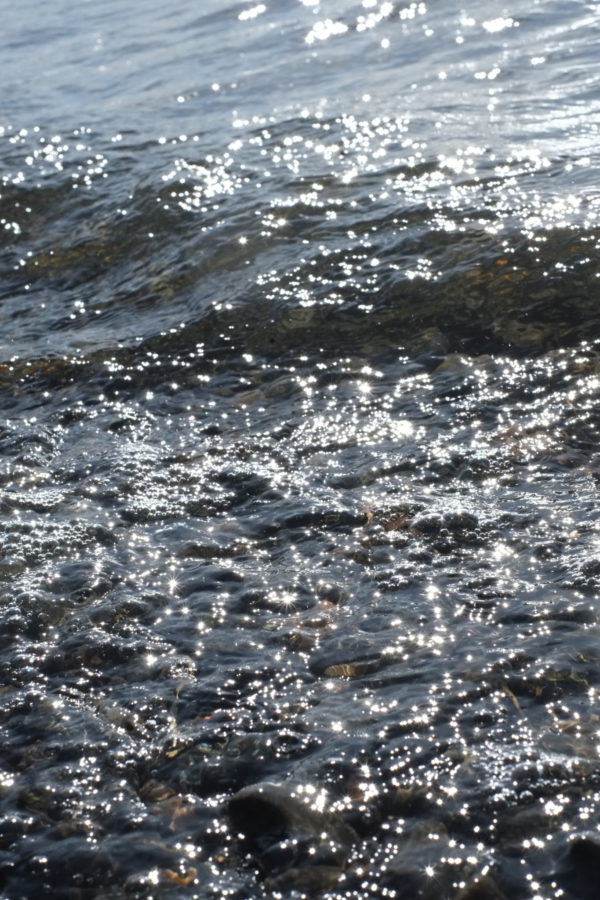
Stakeholders’ views on sea-based measures: Need for long-term studies and pilots
One of the main objectives of the SEABASED project is to produce practical guidelines on sea-based measures. In addition to the results and experiences from project pilots, the guidelines will also be based on the views of scientists and stakeholders. Read more in the blog post written by Project Manager Eeva Puustjärvi.
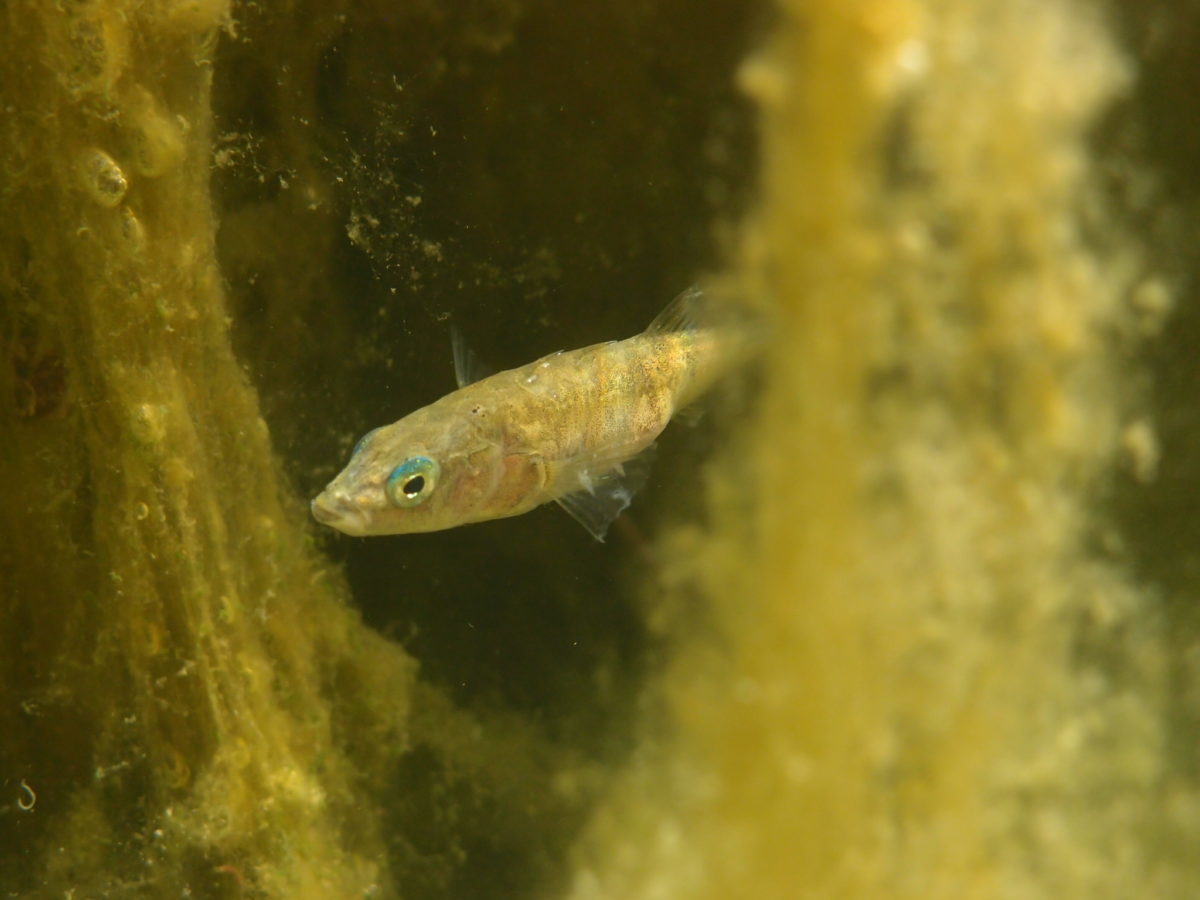
The secret life of stickleback
When you ask people to name Baltic fish species, they usually list perch, pike, roach, cod, salmon and so on. Only a few can name stickleback. Many people around the Baltic Sea have never even heard about stickleback, although chances are that they have seen it in shallow nearshore waters, since it is one of the commonly sighted fishes. In this blog post we dive in to hear about the secret life of stickleback, with Ulf Bergström, the marine ecologist from the Swedish University of Agricultural Sciences (SLU).

A new marine restoration method was tested for the first time in Finland, in Rymättylä
The EU funded SEABASED project’s pilot moved from laboratory tests to practice, as a new marine restoration method, the spreading of activated limestone by, was tested in an enclosed sea bay in Rymättylä on Thursday 11th June.
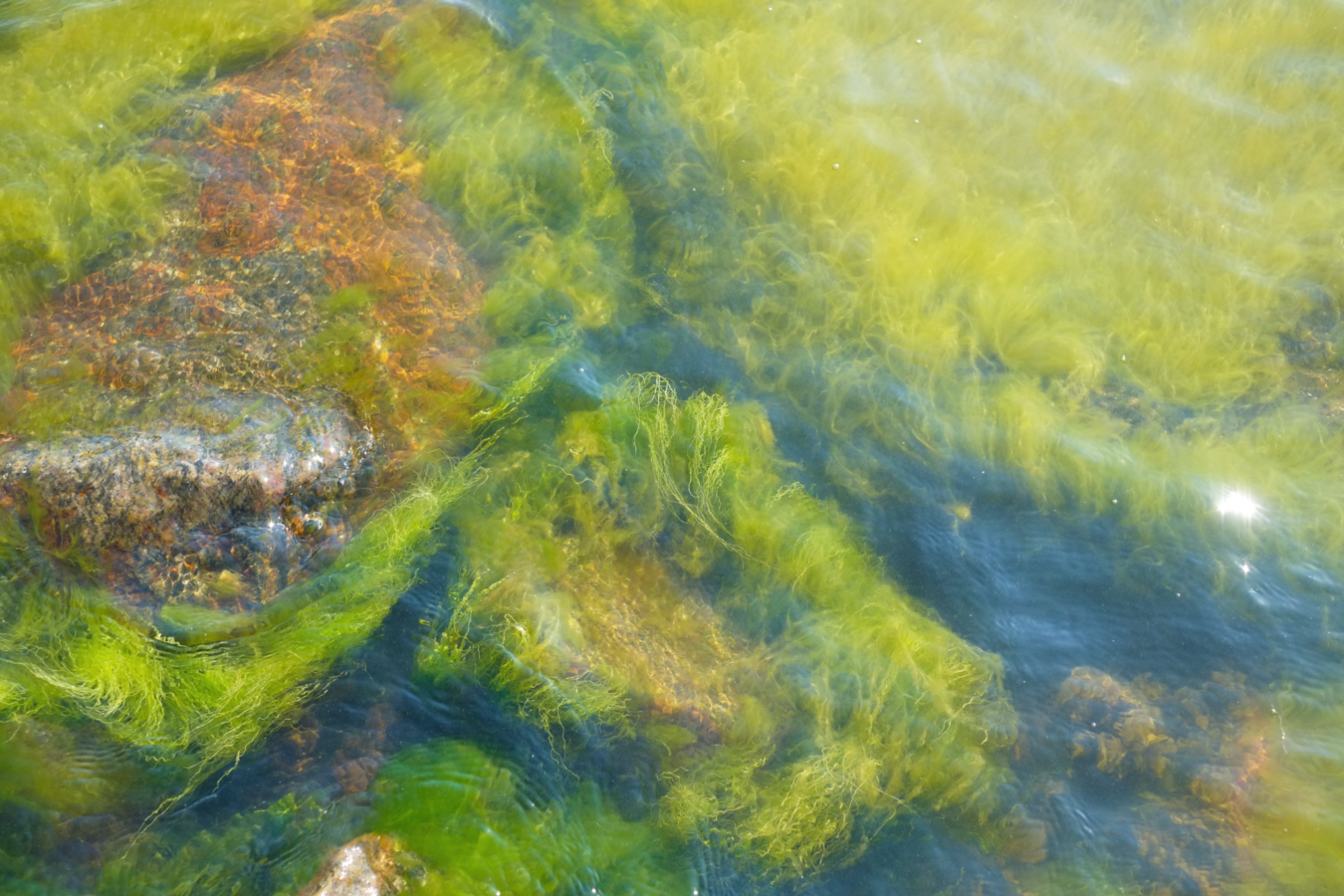
Cornerstones for building a compensation concept
In this blog post, Annica Brink, project coordinator from The Government of Åland, leads us to the world of compensation and explains what it has to do with the SEABASED project.

Nordkalk donates limestone to the SEABASED-project
Nordkalk donates limestone to the SEABASED-project for piloting a measure that could bind eutrophying phosphorus permanently into the sediments of the seabed. In the project, three pilots at selected areas with activated limestone application to phosphorus containing bottom sediments will be implemented in chosen pilot sites in coastal bays in Sweden (Östergötland and Stockholm) and Finland (Archipelago Sea). The crushed limestone will be pre-treated by burning at facilities of Cementa in Gotland and then transported to the pilot sites and spread over the seabed to bind phosphorus into the sediment.
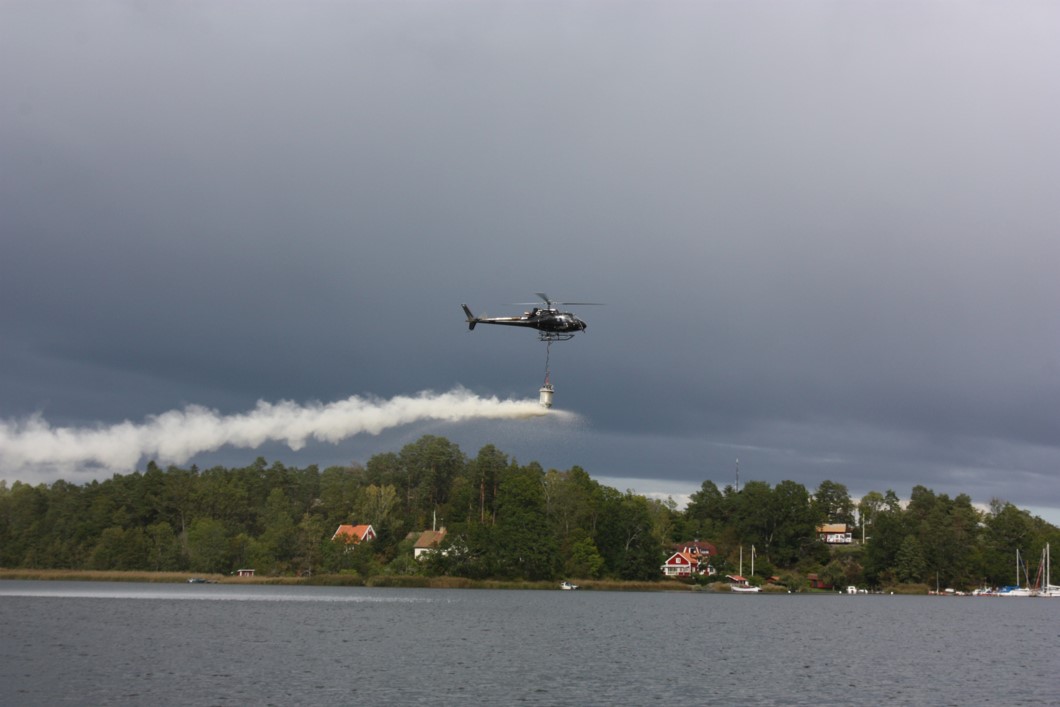
SEABASED listed as one of top 100 of research projects
The SEABASED project’s activated limestone pilot was lifted up by the Swedish Kungliga Ingenjörsvetenskapsakademien (IVA) as one of the top 100 research initiatives that have business potential.
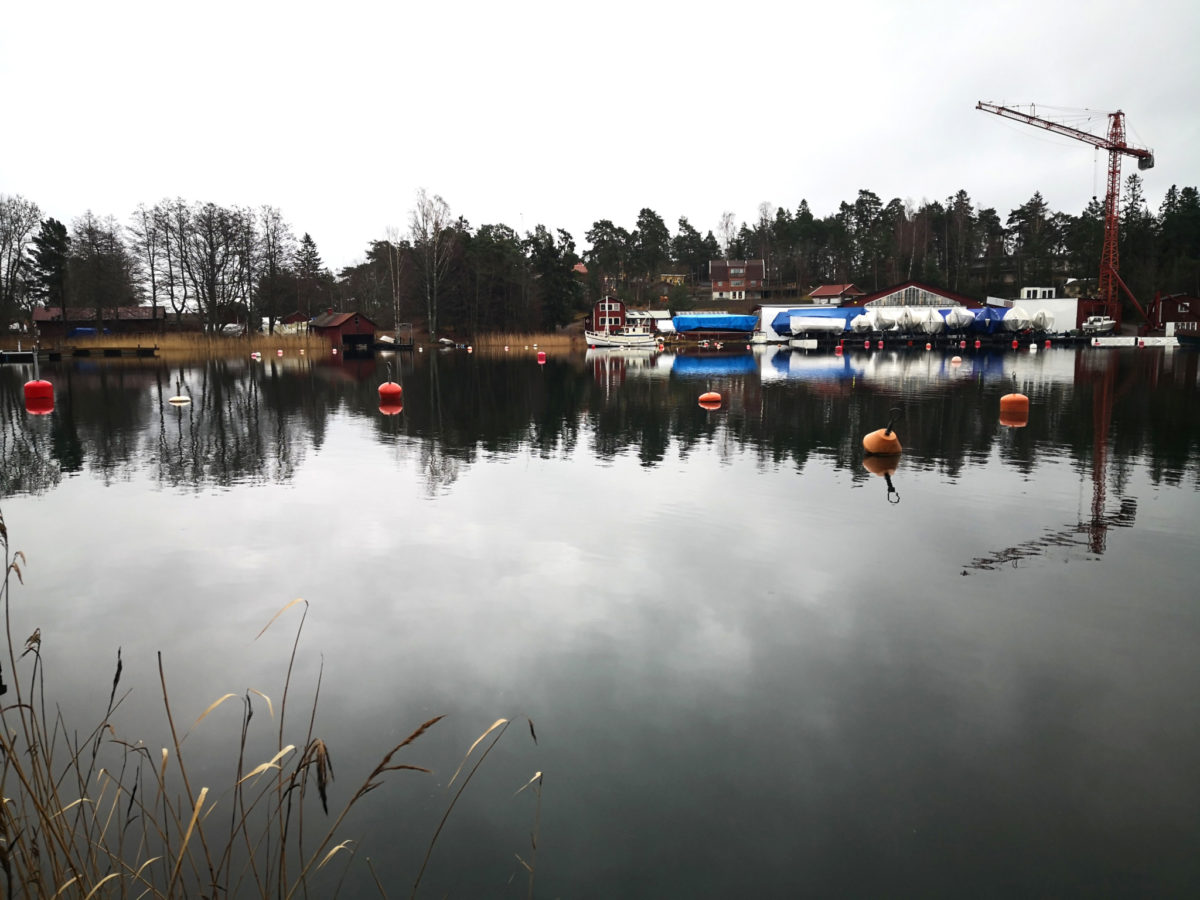
First trial with a new phosphorus sequestering agent in the Stockholm archipelago
A field trial of a newly developed phosphorus sorbent is ongoing in Djuröfladen, a small semi-enclosed bay in the Stockholm archipelago (Värmdö municipality). The pilot trials are led by Stockholm University and its contractors. Environmental consultant Nils Ekeroth describes the details of the on-going trial.

Pike factories reduce the adverse effects of eutrophication
As one of the measures in the SEABASED project to help control eutrophication, a pike factory, i.e., an artificial small-scale wetland suitable as a breeding area for pike, will be created in the Linköping area in Sweden. Marine biologist Miina Mäki, the Project Manager for the SEABASED project, describes how the pike factories work and why they are important.
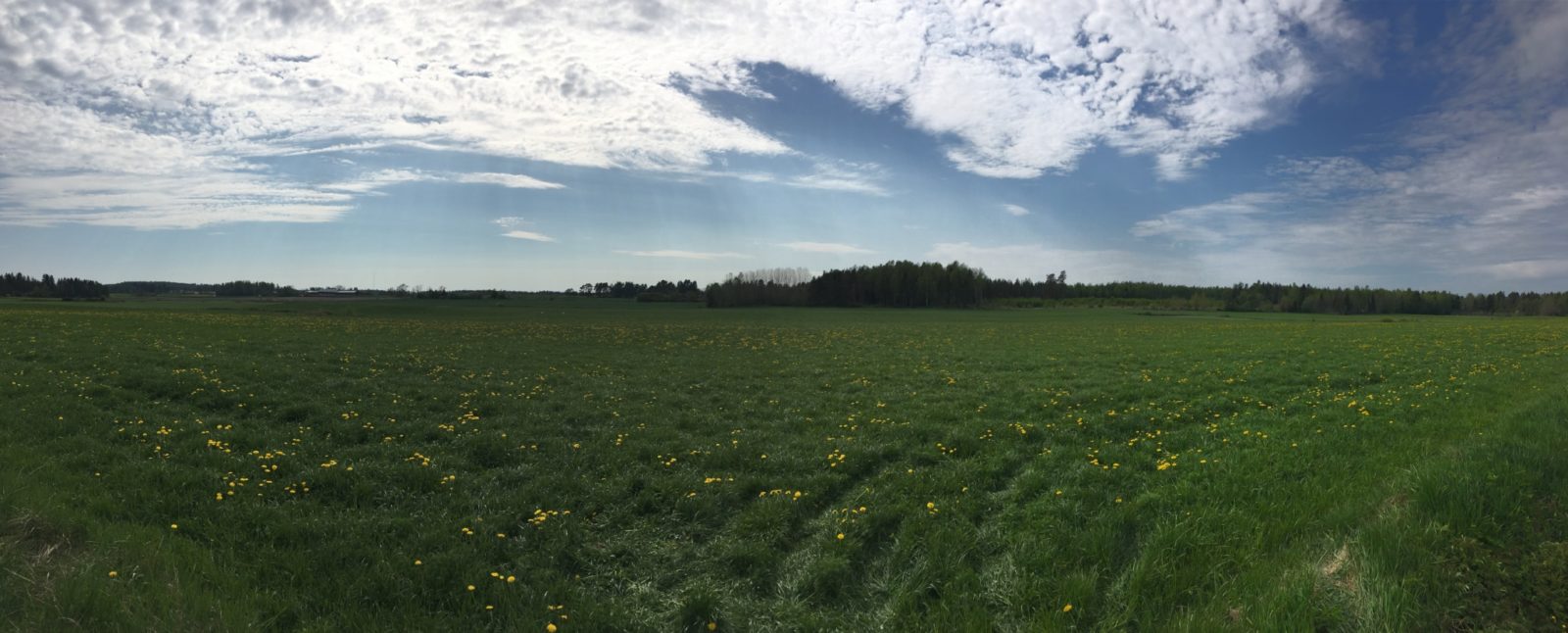
Sweet results after a salty summer
In one of the SEABASED pilots nutrient-rich bottom waters are removed from two eutrophied semi-closed, coastal bays and the possibility of recycling nutrients by utilizing the water for irrigation on fields is tested. Annica Brink, a project coordinator from The Government of Åland, reveals the first results from two irrigated fields.

Developing the process of the production of sorbent at Cementa AB
Christian Roman is a master’s student studying environmental science at Stockholm University. He has worked with Cementa AB for the last 6 months and shares his experiences on working with the sorbent used in SEABASED pilots.
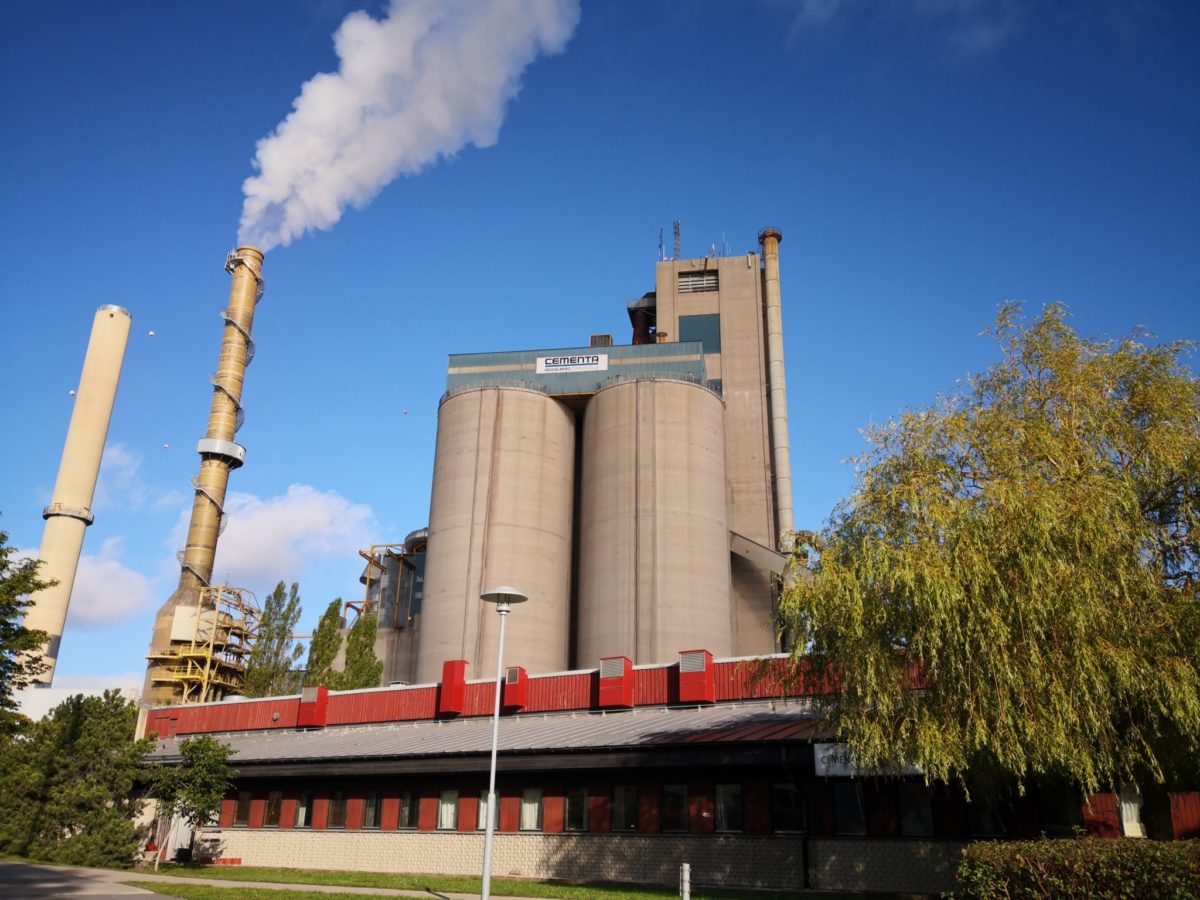
A field excursion to the cement factory in Slite, Gotland
When in Gotland, it is hard not to talk about limestone and the local Cementa factory. The factory was originally built 100 years ago in 1919 and now employs around 230 in Slite. The SEABASED project team and steering group visited the factory to learn more not only about the making of Cementa’s products but also about the sorbent, that is used in our pilot, which is treated in this factory. This sorbent is produced from marl and is used to bind phosphorus to the sediment in pilot sites in Sweden and Finland.
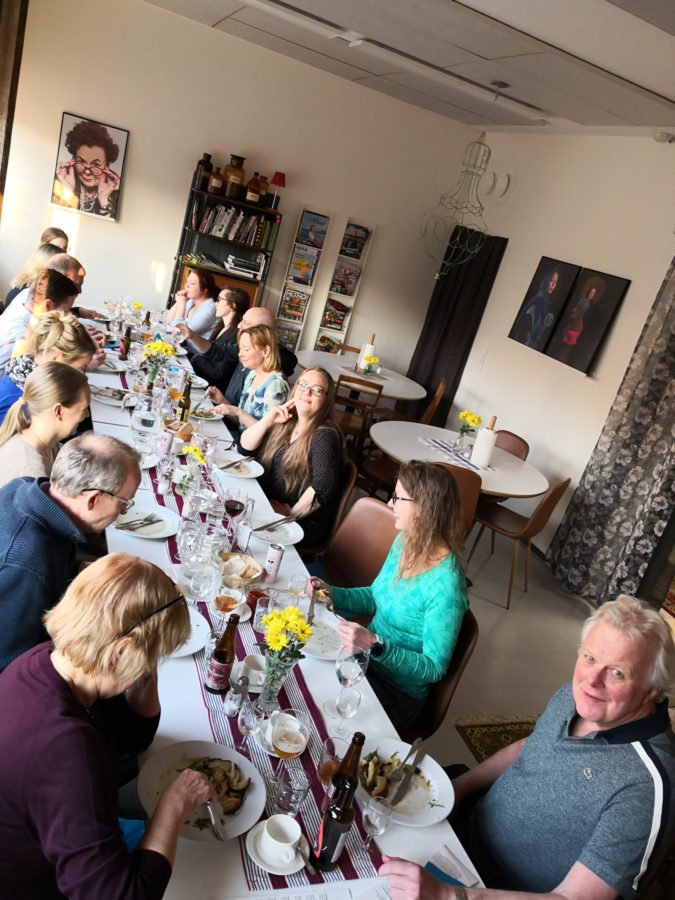
Important advice, workshops and meetings in sunny Åland
The SEABASED Steering Group and project team gathered in Mariehamn, Åland 24.–25.4.2019 to catch up with the pilots and to collect views and valuable advice.
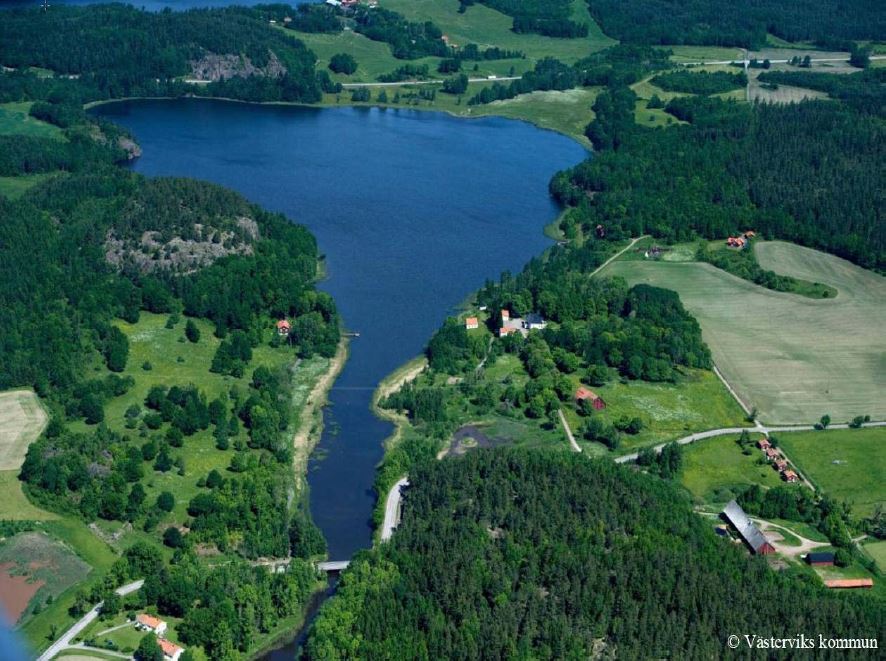
A visit to Västervik ‒ where it all started
In the end of March, the Government of Åland and the County Administrative Board of Östergötland headed for Västervik, Sweden, or more specifically, Gamleby. Besides being the second largest urban area in Västervik Municipality, Gamleby is also the location for an exciting project. Annica Brink, a project coordinator in the Government of Åland, writes how brackish waters have been used to irrigate agricultural fields in Sweden.
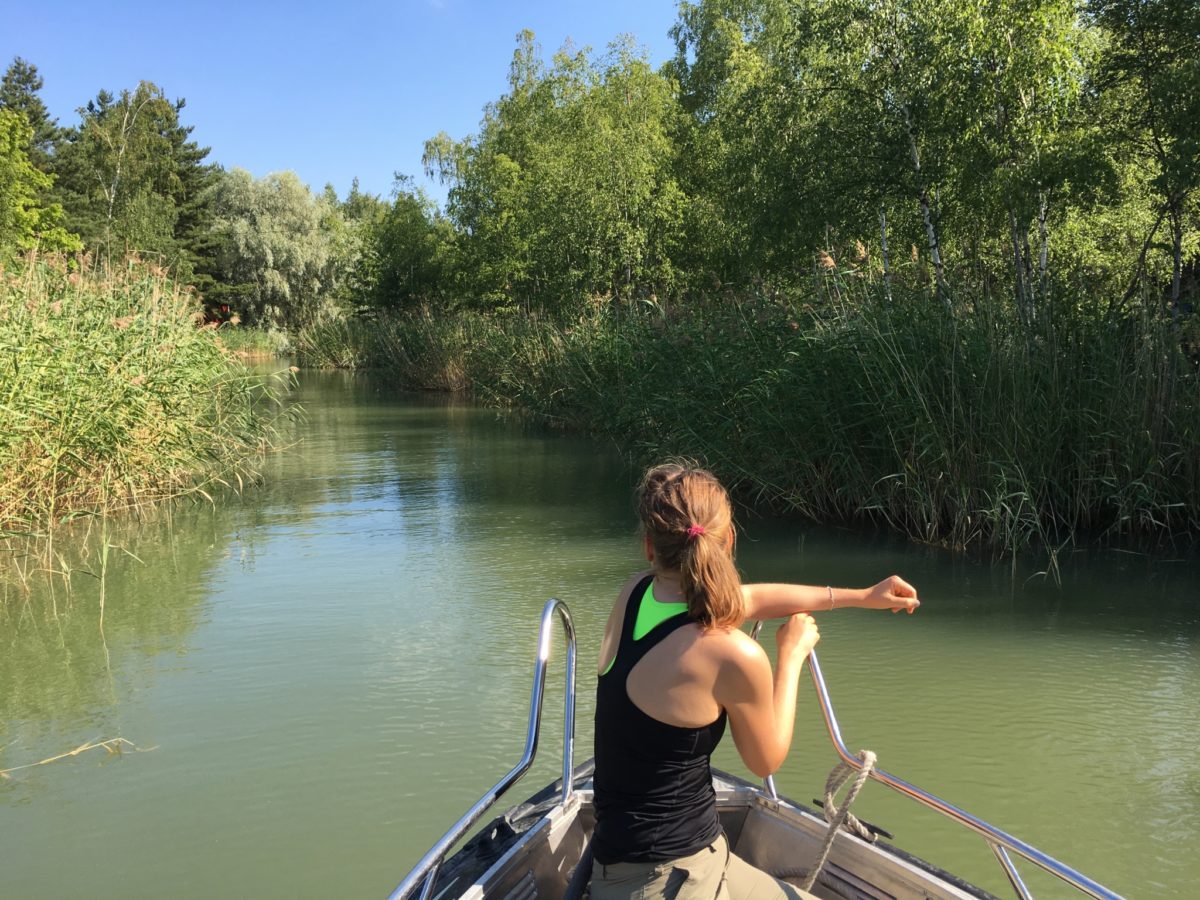
How to find sites for piloting sediment removal
Have you ever wondered how pilot sites are chosen in field experiments? Irma Puttonen, project planner from the Centre for Economic Development, Transport and the Environment for Southwest Finland, reveals her secrets on how the sites in the sediment removal pilot study have been chosen.
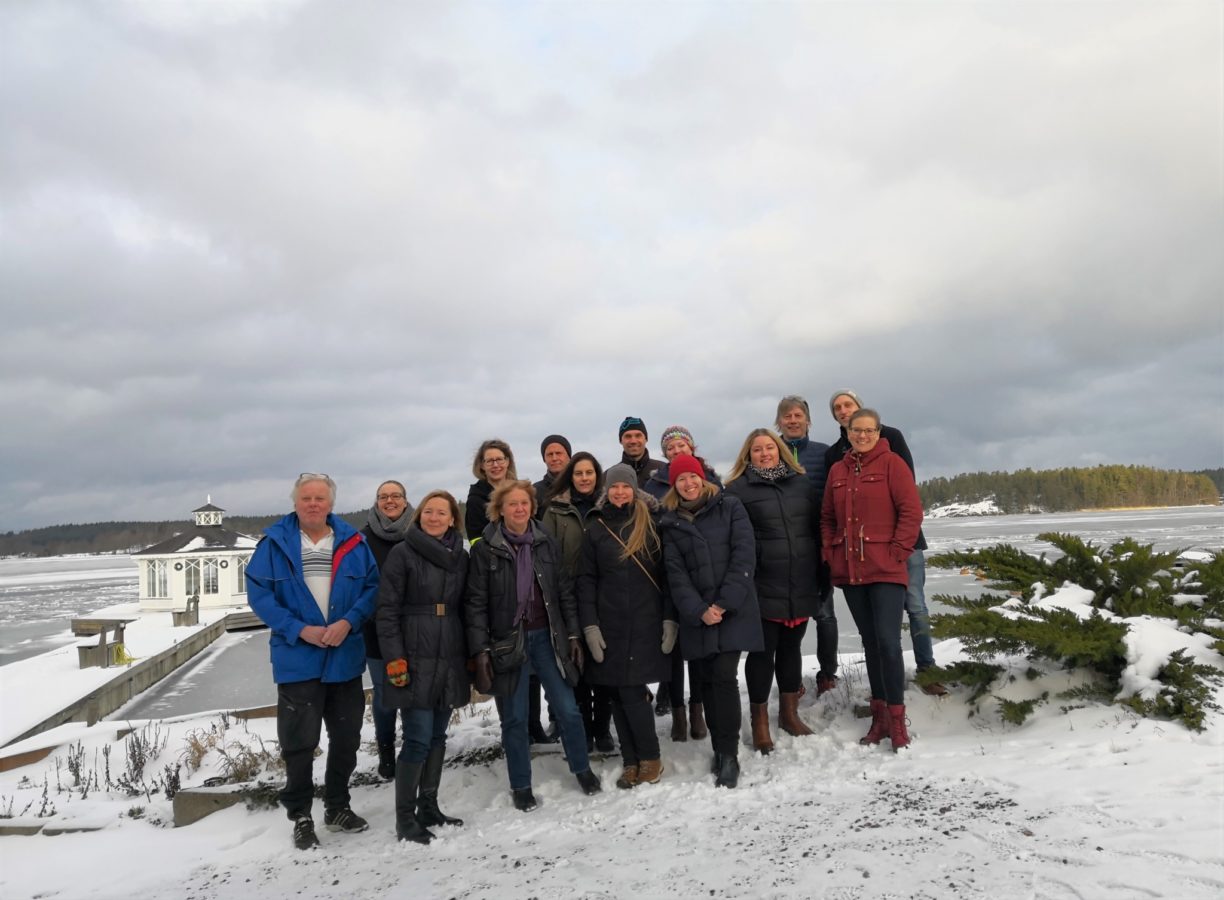
Project meeting in Sweden gave tips on tendering and hope for future pilots
The SEABASED project held a meeting in Gryts Varv, Valdemarsvik, Sweden 30.–31.1.2019.
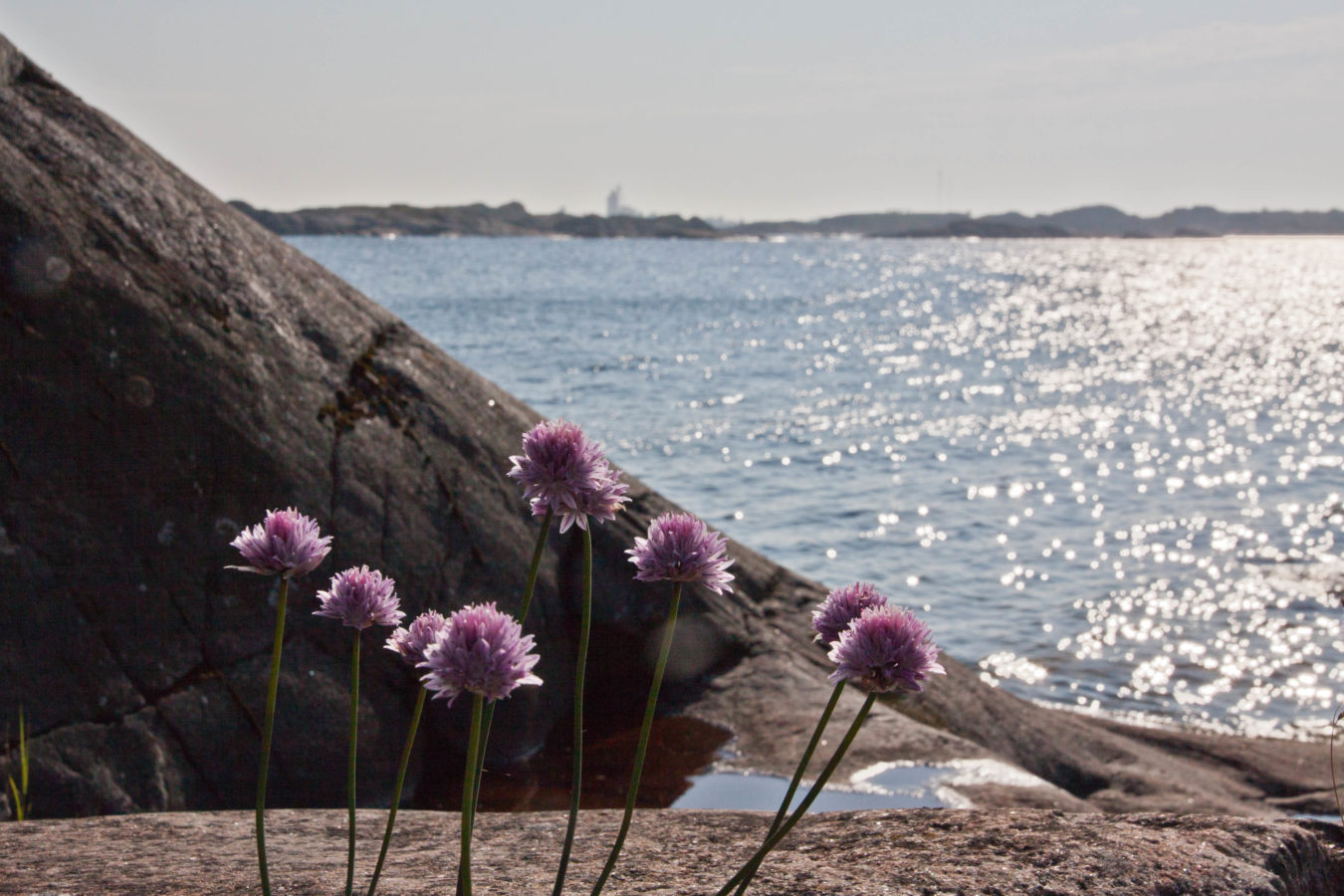
Dialogue is everything
Our initial idea for the SEABASED project was to tackle the challenges related to internal nutrient loading in the Baltic Sea. We aimed at creating a project that in the end would provide, also some practical solutions for cutting down the eutrophication of the sea. However, when preparing the project, we found out that actually very little coherent information exists about the so call sea-based measures, and a bunch of novel and innovative ideas around them. Based on discussions with a number of stakeholders, presenting very different viewpoints and perspective, we have given our best shot to identify the most potential ideas to pilot and to learn more. What this will amount to, we now believe, is building up a fruitful dialogue between a number of stakeholders over the coming 30 months and, hopefully, finding sustainable solutions for helping the sea.
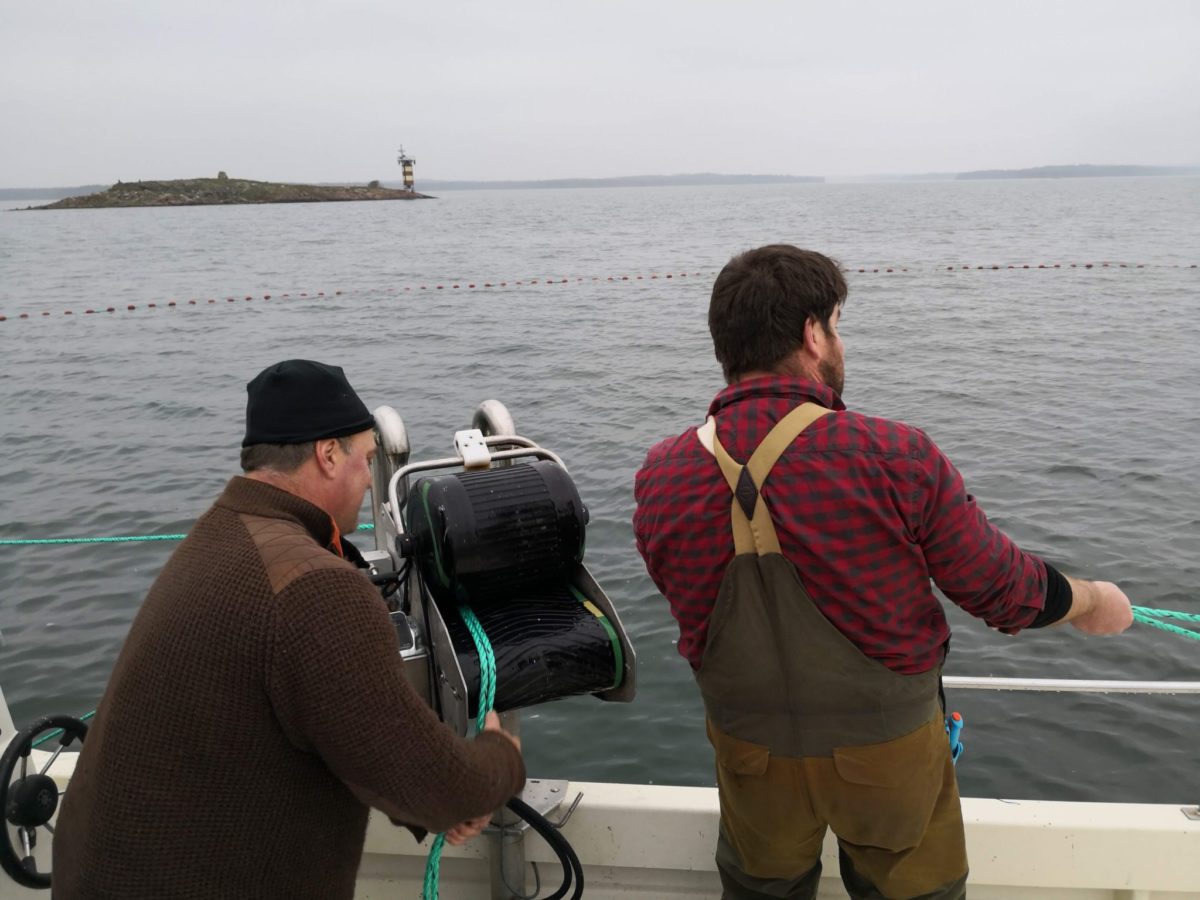
The first throws – a day of stickleback fishing
Written by Rosita Broström, Åland Fish Farmers’ Association
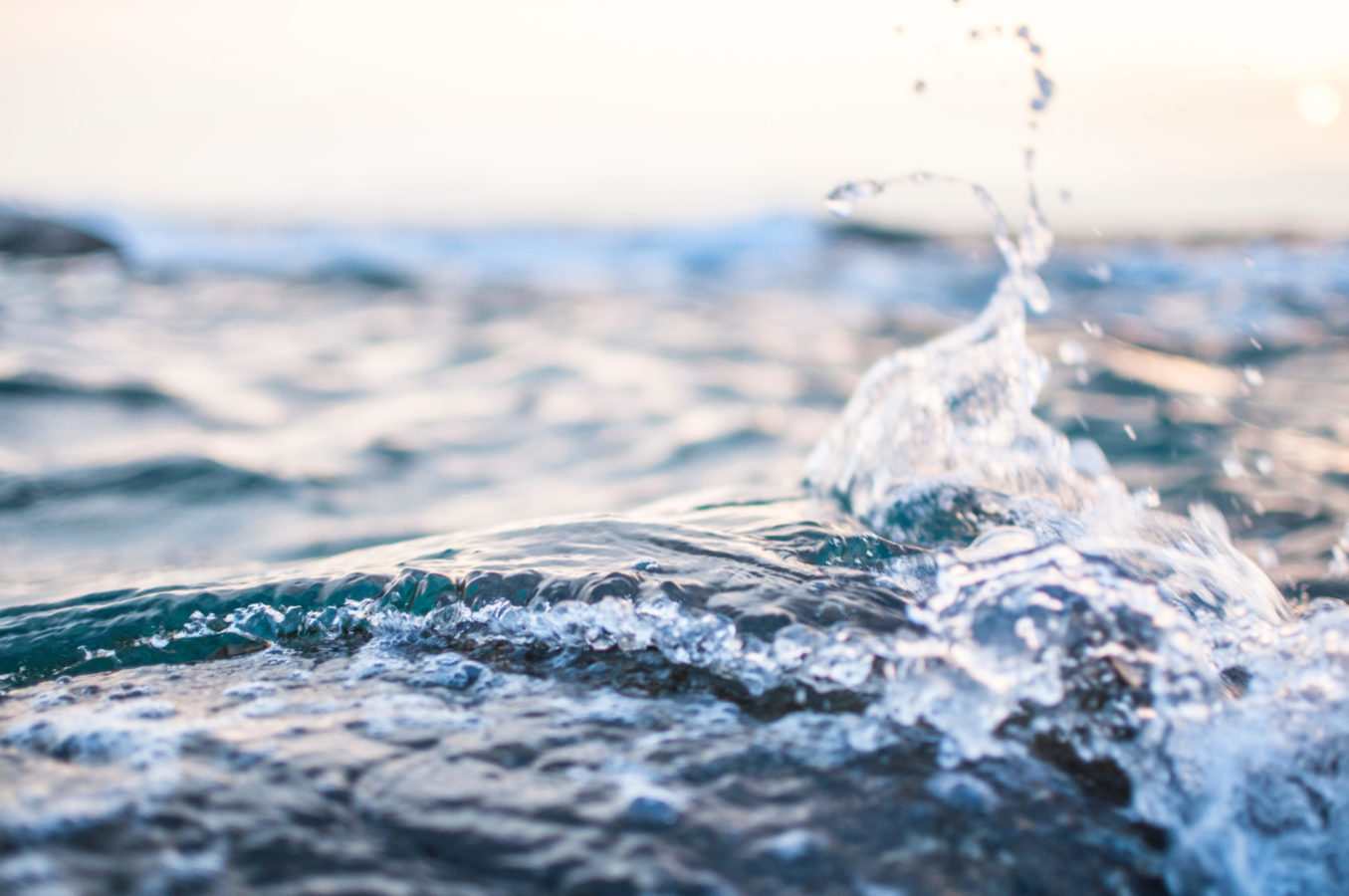
Kaldersfjärden—childhood memories lost in the sea?
I was around six or seven years old and attended the summer swimming school, a common thing to do for kids here in the Åland Islands. This year it was held at Kaldersfjärden bay in Jomala municipality. We played, learned how to swim and dive, and jumped into the water from the floating raft.
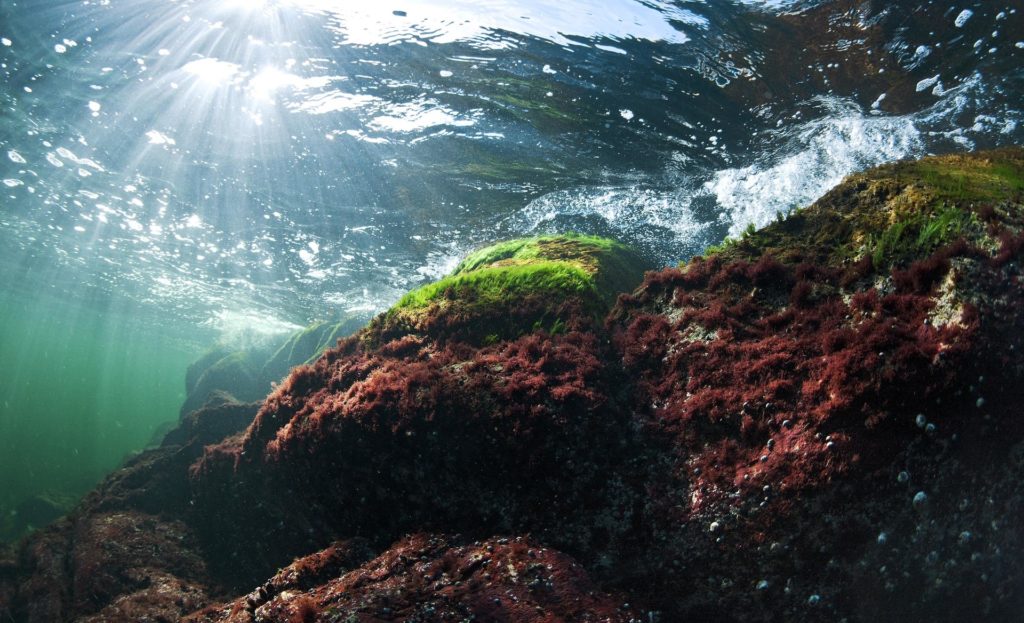
SEABASED project led by the John Nurminen Foundation to test measures that reduce internal nutrient load of the Baltic Sea
The Finnish-Swedish joint project reviews new methods of marine protection, and pilots small-scale local measures that can reduce the nutrient load that is already in the sea as well as curb eutrophication on the coastlines of Finland, Åland and Sweden.


